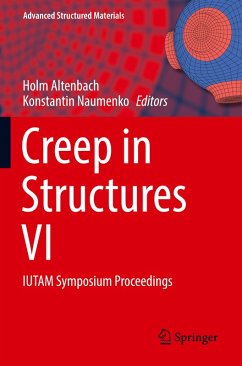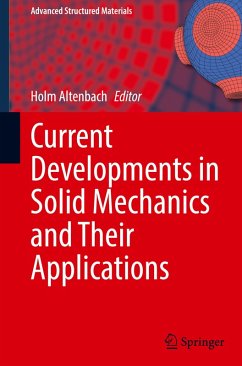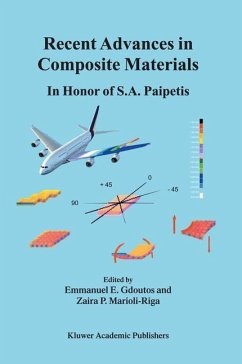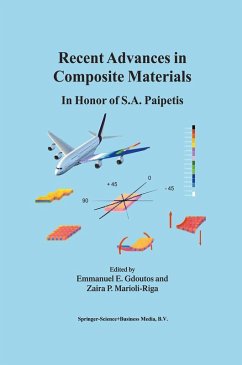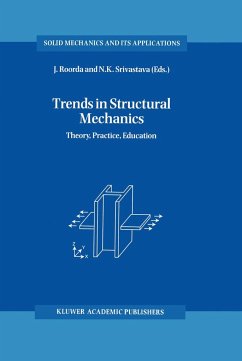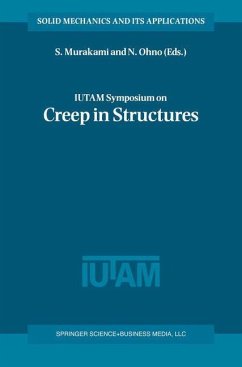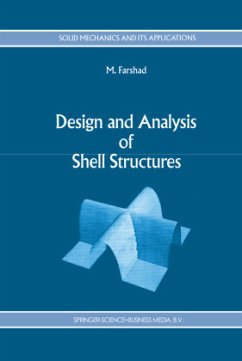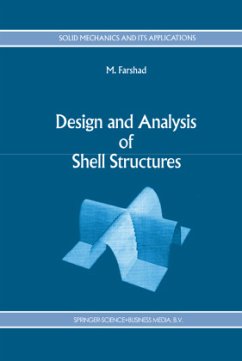
Creep in Structures VI
IUTAM Symposium Proceedings
Herausgegeben: Altenbach, Holm; Naumenko, Konstantin
Versandkostenfrei!
Versandfertig in 6-10 Tagen
136,99 €
inkl. MwSt.

PAYBACK Punkte
68 °P sammeln!
This book offers a current state of the art in analysis and modeling of creep phenomena with applications to the structural mechanics. It presents the some presentations from the IUTAM-Symposium series "Creep in Structures", which held in Magdeburg (Germany) in September 2023, and it discusses many advances and new results in the field. These are for example: interlinks of mechanics with materials science in multi-scale analysis of deformation and damage mechanisms over a wide range of stresses and temperature; development and analysis of new alloys for (ultra)high-temperature applications; fo...
This book offers a current state of the art in analysis and modeling of creep phenomena with applications to the structural mechanics. It presents the some presentations from the IUTAM-Symposium series "Creep in Structures", which held in Magdeburg (Germany) in September 2023, and it discusses many advances and new results in the field. These are for example: interlinks of mechanics with materials science in multi-scale analysis of deformation and damage mechanisms over a wide range of stresses and temperature; development and analysis of new alloys for (ultra)high-temperature applications; formulation and calibration of advanced constitutive models of inelastic behavior under transient loading and temperature conditions; development of efficient procedures and machine learning techniques for identification of material parameters in advanced constitutive laws; introduction of gradient-enhanced and non-local theories to account for damage and fracture processes; and applicationof new experimental methods, such as digital image correlation, for the analysis of inelastic deformation under multi-axial stress state.



